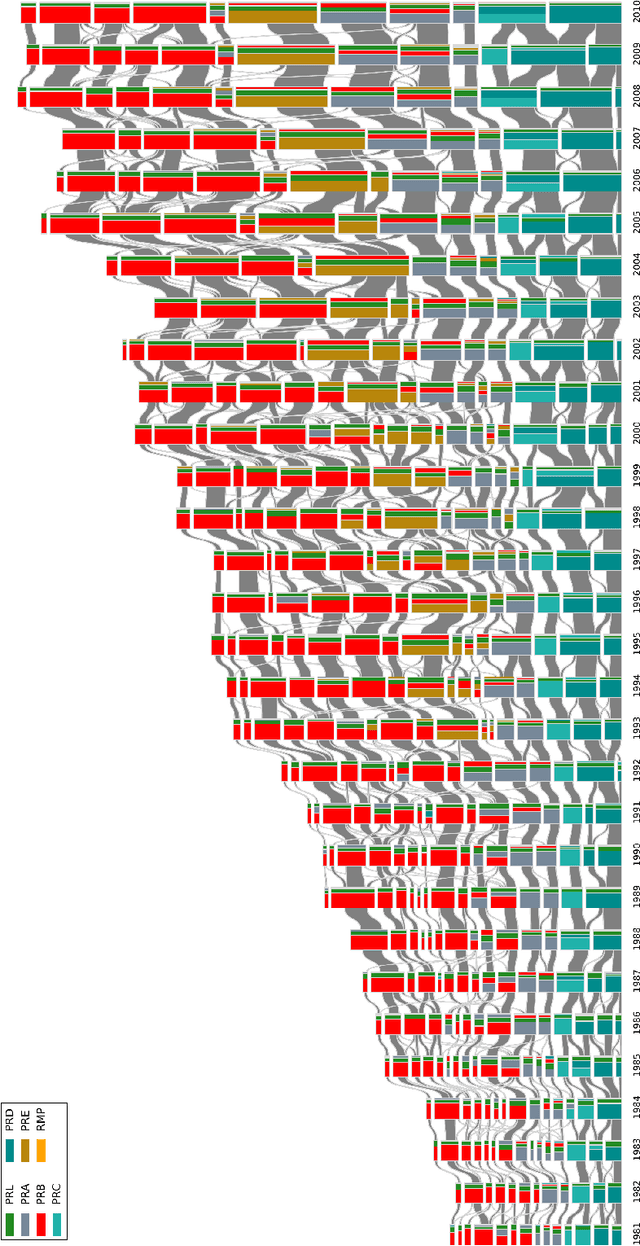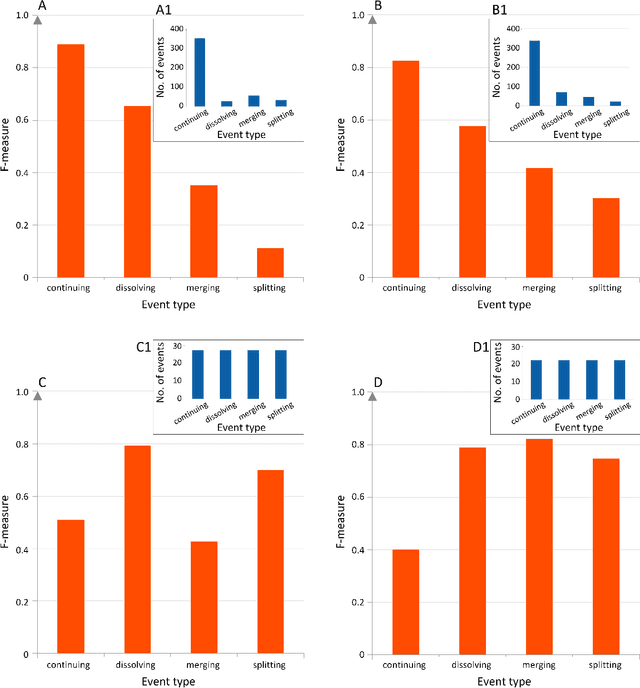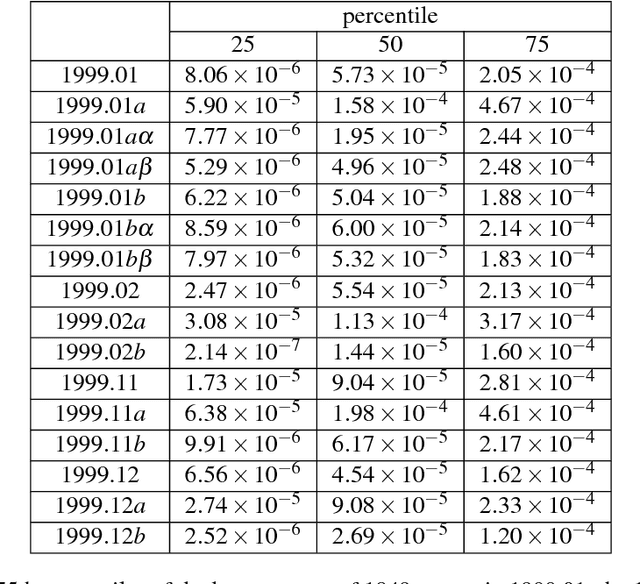Siew Ann Cheong
Intelligent Interface: Enhancing Lecture Engagement with Didactic Activity Summaries
Jun 20, 2024Abstract:Recently, multiple applications of machine learning have been introduced. They include various possibilities arising when image analysis methods are applied to, broadly understood, video streams. In this context, a novel tool, developed for academic educators to enhance the teaching process by automating, summarizing, and offering prompt feedback on conducting lectures, has been developed. The implemented prototype utilizes machine learning-based techniques to recognise selected didactic and behavioural teachers' features within lecture video recordings. Specifically, users (teachers) can upload their lecture videos, which are preprocessed and analysed using machine learning models. Next, users can view summaries of recognized didactic features through interactive charts and tables. Additionally, stored ML-based prediction results support comparisons between lectures based on their didactic content. In the developed application text-based models trained on lecture transcriptions, with enhancements to the transcription quality, by adopting an automatic speech recognition solution are applied. Furthermore, the system offers flexibility for (future) integration of new/additional machine-learning models and software modules for image and video analysis.
Using Machine Learning to Predict the Evolution of Physics Research
Oct 29, 2018



Abstract:The advancement of science as outlined by Popper and Kuhn is largely qualitative, but with bibliometric data it is possible and desirable to develop a quantitative picture of scientific progress. Furthermore it is also important to allocate finite resources to research topics that have growth potential, to accelerate the process from scientific breakthroughs to technological innovations. In this paper, we address this problem of quantitative knowledge evolution by analysing the APS publication data set from 1981 to 2010. We build the bibliographic coupling and co-citation networks, use the Louvain method to detect topical clusters (TCs) in each year, measure the similarity of TCs in consecutive years, and visualize the results as alluvial diagrams. Having the predictive features describing a given TC and its known evolution in the next year, we can train a machine learning model to predict future changes of TCs, i.e., their continuing, dissolving, merging and splitting. We found the number of papers from certain journals, the degree, closeness, and betweenness to be the most predictive features. Additionally, betweenness increases significantly for merging events, and decreases significantly for splitting events. Our results represent a first step from a descriptive understanding of the Science of Science (SciSci), towards one that is ultimately prescriptive.
 Add to Chrome
Add to Chrome Add to Firefox
Add to Firefox Add to Edge
Add to Edge